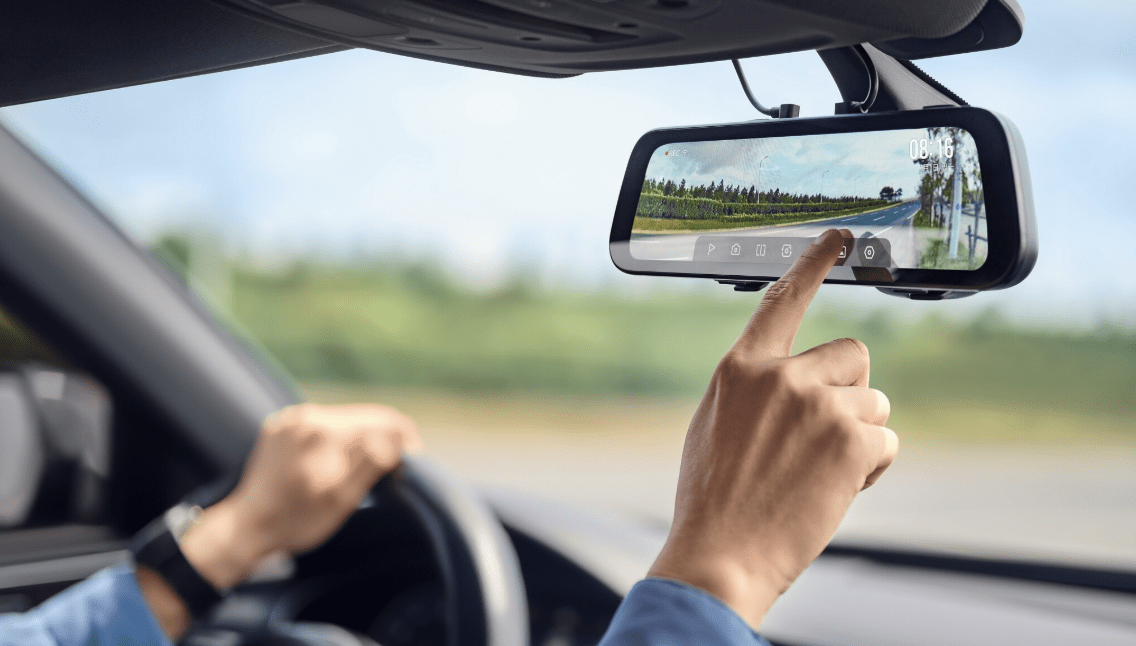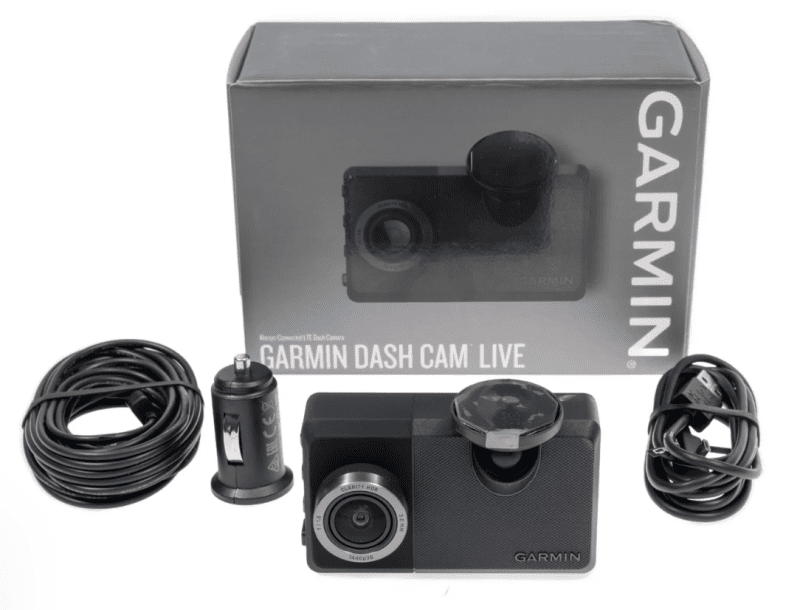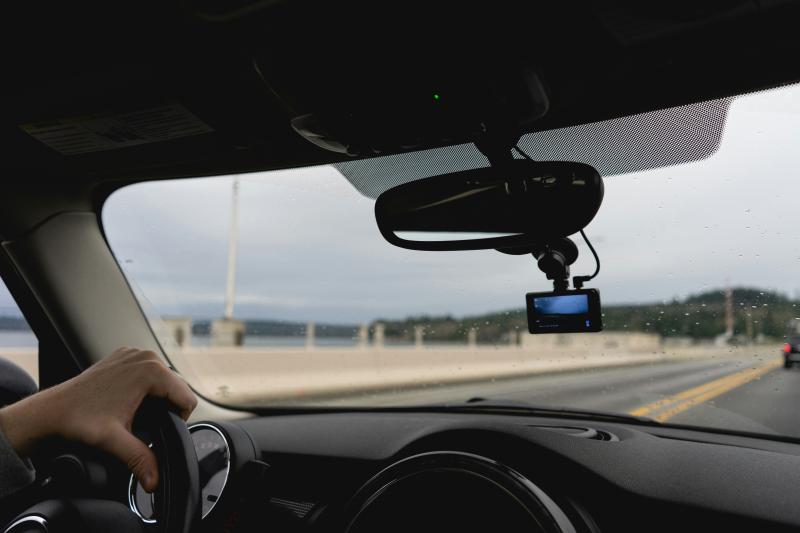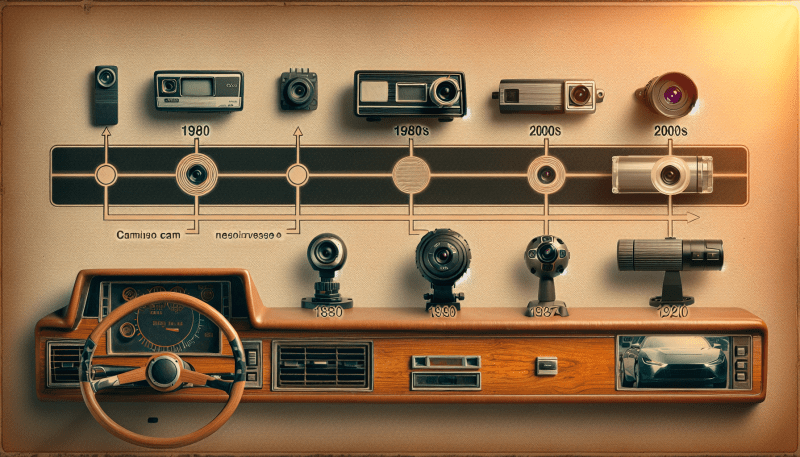Imagine backing out of your driveway and not having to worry about those pesky blind spots. That's where a rear view camera steps in! It gives you a clear view of what’s behind your vehicle, helping you avoid accidents before they happen. No more guesswork or straining your neck to see what’s lurking back there.
These cameras don’t just make reversing easier; they're also a game-changer for parking. Picture squeezing into tight spots with confidence, knowing you can see exactly how much space you have. With a rear view camera, you can navigate those tricky parking situations without breaking a sweat.
Plus, many rear view cameras come with features like grid lines that help show you the distance from objects behind you. Some even offer alerts if you're getting too close to something. They enhance your awareness on the road, making every trip just a bit safer.
Lastly, if you're a parent, these cameras are a lifesaver. You can keep an eye on your little ones while you're getting ready to leave. Safety becomes a priority, and peace of mind is priceless.
Top Features to Look For
When you’re picking out a rear view camera, there are some key features that can make a big difference in how well it works for you. Let’s dive into what you should look for!
Image Quality
The clarity of the images is super important. Look for a camera that offers at least 720p resolution. This ensures you can see details clearly, whether it’s a child playing behind your car or a bike zooming past. A camera with night vision can also be a lifesaver for early morning or evening drives.
Wide Viewing Angle
You want a camera that gives you a big field of vision. Look for a lens with at least a 120-degree angle to spot everything in your path. This helps eliminate blind spots and keeps you safe.
Durability and Weather Resistance
Your camera will be exposed to the elements, so it should hold up against rain, snow, and dirt. Check for an IP rating, like IP67 or higher, that indicates it's weather-resistant. A sturdy build means you won’t have to worry about it breaking easily.
Easy Installation
No one wants to spend hours setting up new tech. Choose a rear view camera that’s easy to install, ideally with clear instructions. Some models even come with a plug-and-play feature, which is a major bonus.
How to Install Your Camera
Installing your rear view camera might seem tricky at first, but it’s really not that hard! Just follow these simple steps, and you’ll be catching every moment in no time.
First, gather your tools. You’ll typically need a screwdriver, wire strippers, electrical tape, and maybe some zip ties to keep those wires tidy. Check the camera’s manual too because some models have specific installation steps that you’ll want to follow. Once you’ve got everything laid out, it’s time to get started!
Next, choose where you want to mount the camera. This usually goes above your license plate or in the center of your rear bumper. Make sure there’s a good view without anything blocking the lens. After you decide, secure the camera in place following the manufacturer’s instructions.
Now for the wiring! Connect the camera to your car’s reverse light. This step is crucial because it turns the camera on when you shift into reverse. Strip the ends of the wires, twist them together, and seal them up with electrical tape. To avoid clutter, you can use zip ties to keep the wires neatly tucked away.
Finally, double-check everything and test the camera. Shift into reverse and see if the view pops up on your screen. If it does, you're ready to hit the road! Enjoy the added safety and peace of mind that comes with your new rear view camera.
Tips for Using Your Camera Daily
Using your rear view camera every day can make a big difference in your driving experience. Here are some simple tips to help you get the most out of it.
First, take a moment to familiarize yourself with the camera’s features. Most rear view cameras come with guidelines that help you gauge distance. Pay attention to these lines; they can really help you understand how close you are to obstacles. Practice using the camera in a safe area until you feel confident.
Next, make it a habit to check your camera every time you’re backing up. Just like buckling your seatbelt, it's an easy routine that can keep you and others safe. Even if you feel you don’t need it, those little surprises—like a kid or a shopping cart—can pop up out of nowhere.
Also, keep your camera clean. A dirty lens can make everything look blurry and could hide potential hazards. A quick wipe with a microfiber cloth will keep things crystal clear, so you can see what’s behind you without any distractions.
Lastly, don’t solely rely on the camera. Always turn around and look for yourself. The camera is a great tool, but it’s best used alongside your own observation. Combining these two methods will make you a more aware and safer driver.



